This Is Everything That’s Wrong With Our Definition Of ‘Planet’










This Is Everything That’s Wrong With Our Definition Of ‘Planet’
“There are many people who would love to see Pluto regain its planetary status, and there’s a part of me that grew up with planetary Pluto that’s extraordinarily sympathetic to that perspective. But including Pluto as a planet necessarily results in a Solar System with far more than nine planets. Pluto is only the 8th largest non-planet in our Solar System, and is clearly a larger-than-average but otherwise typical member of the Kuiper belt. It will never be the 9th planet again.
But that’s not necessarily a bad thing. We may be headed towards a world where astronomers and planetary scientists work with very different definitions of what attains planethood, but we all study the same objects in the same Universe. Whatever we call objects — however we choose to classify them — makes them no less interesting or worthy of study. The cosmos simply exists as it is. It’s up to the very human endeavor of science to make sense of it all.”
Next month will mark 13 years since the International Astronomical Union (IAU) officially defined the term planet and ‘Plutoed’ our Solar System’s (up-until-that-point) 9th planet. With an additional 13 years of knowledge, understanding, data, and discoveries, though, did they get the decision right?
Certainly, there were aspects that needed to be revised, but the IAU’s definition comes along with some major gaps and mistakes. We can do better! Come learn how.
More Posts from Ocrim1967 and Others

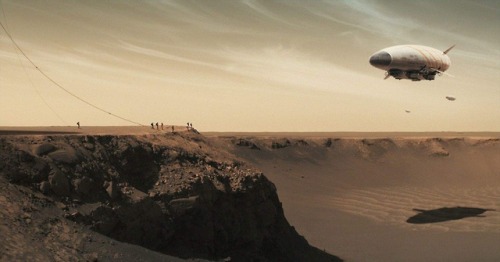
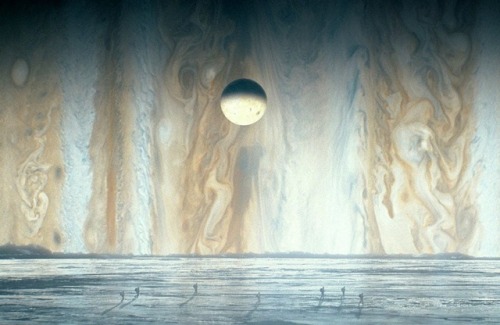

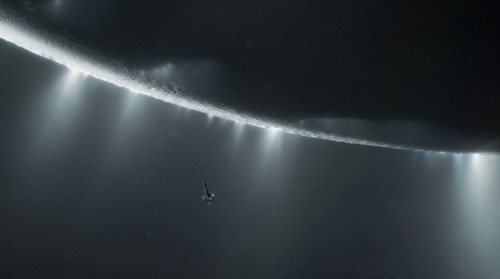
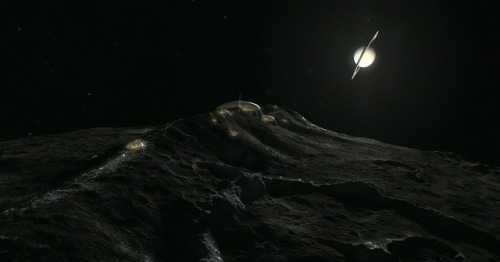
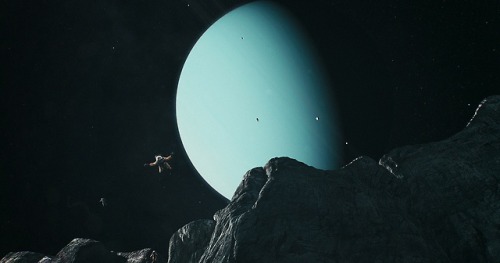
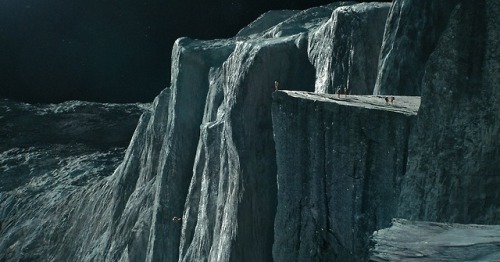

Will we one day explore the worlds of our solar system? How long will this take?
We have a diversity of worlds in our solar system. Majestic places…
Imagine being able to visit Mars and its hostile climate. Imagine being able to visit the moons of Jupiter, observe Io: the volcanic moon, Europa, the frozen moon and Ganymede a moon larger than Mercury itself and that has its own magnetic field. Imagine visiting the moons of Saturn and maybe passing close to your rings… Imagine orbiting or floating through Titan’s atmosphere and closely watching its lakes and seas of methane and liquid ethane. Imagine getting to know the geysers of Enceladus, the valleys of Tethys, and the craters of Mimas… Imagine being able to see the moons of Uranus and have a view of Verona Rupes, the largest cliff of the solar system, located in Miranda. Imagine being able to be in Triton and to be able to observe the cold and azualdo Neptune in the sky…
The Smoke From a (Not-so) Distant Fire
Flying directly through thick plumes of smoke may seem more harrowing than exciting. But for members of the CAMP2Ex science team, the chance to fly a P-3 Orion straight through clouds of smoke billowing off fires from Borneo this week was too good an opportunity to pass up.

CAMP2Ex stands for the Cloud, Aerosol and Monsoon Processes in the Philippines Experiment. The 2, by the way, is silent.

It’s a field campaign based out of Clark in the Philippines, flying our P-3, a Learjet and collaborating with researchers on the research vessel Sally Ride to understand how tiny particles in the atmosphere affect cloud formations and monsoon season.

The tiny aerosol particles we’re looking at don’t just come from smoke. Aerosol particles also come from pollution, billowing dust and sea salt from the ocean. They can have an outsized effect on weather and climate, seeding clouds that bring rain and altering how the atmosphere absorbs the Sun’s heat.

The smoke we were flying Monday came from peat fires, burning through the soil. That’s pretty unusual — the last time Borneo had these kind of fires was in 2015, so it was a rare opportunity to sample the chemistry of the smoke and find out what’s mixing with the air.

The planes are loaded with instruments to learn more about aerosol particles and the makeup of clouds, like this high-speed camera that captures images of the particles in flight.

One instrument on the plane collects droplets of cloud water as the plane flies through them, and on the ground, we test how acidic and what kind of particles form the cloud drops.

All of these measurements are tools in improving our understanding of the interaction between particles in the air and clouds, rainfall and precipitation in the Pacific Ocean.

Learn more about the CAMP2Ex field campaign, here!
Make sure to follow us on Tumblr for your regular dose of space: http://nasa.tumblr.com





Read Full Article Here: 5 Effects of Physical Discipline - Psych2Go
Follow @psych2go for more!










(Source)










(Source)
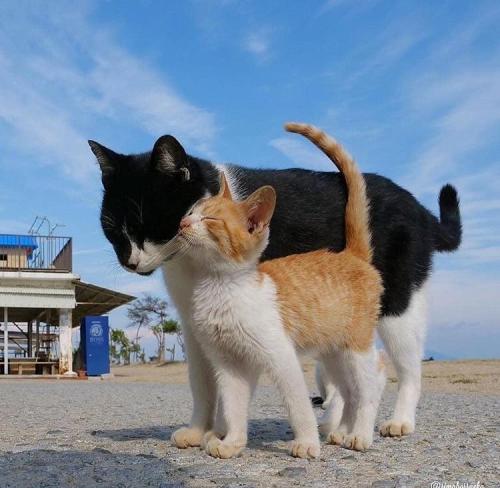
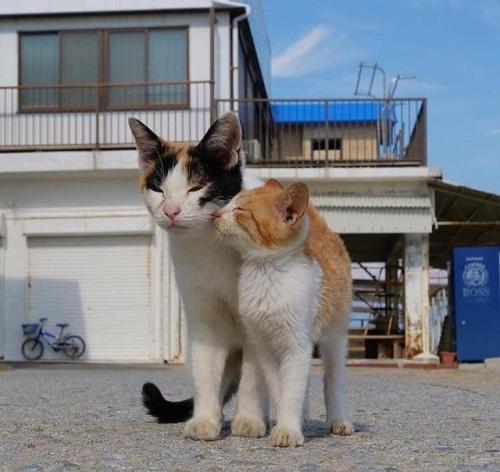
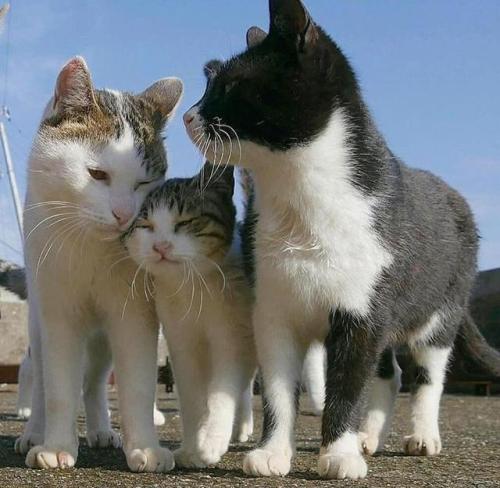
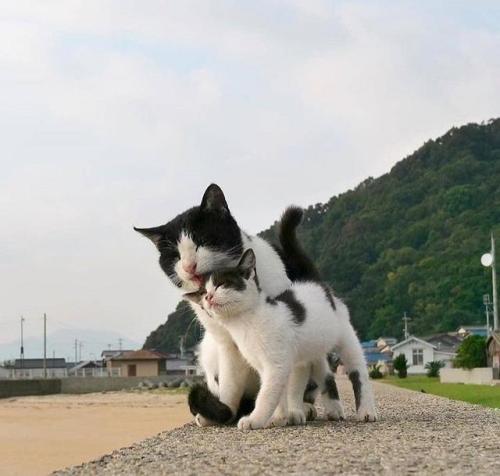
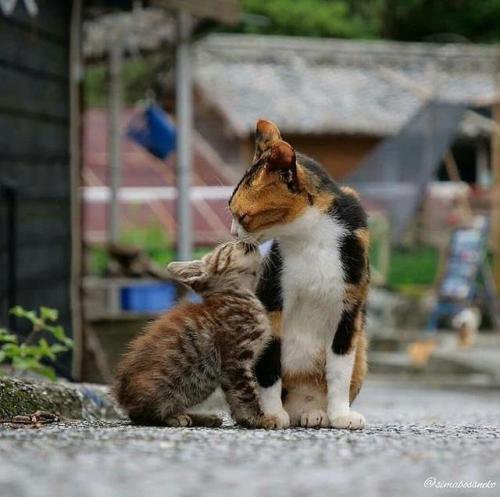
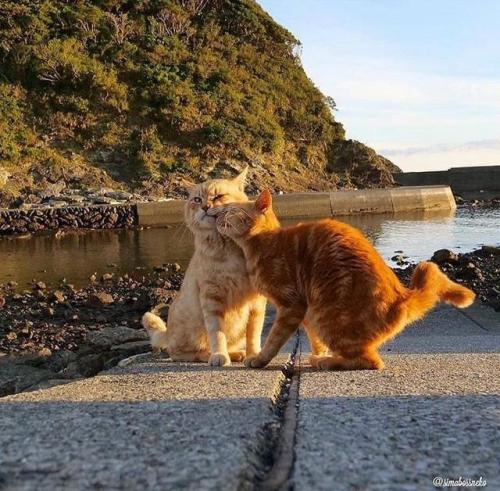
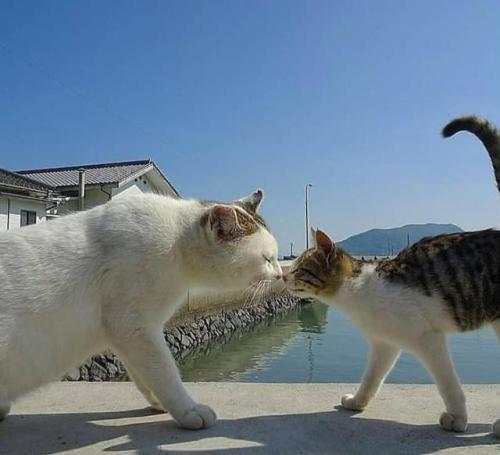
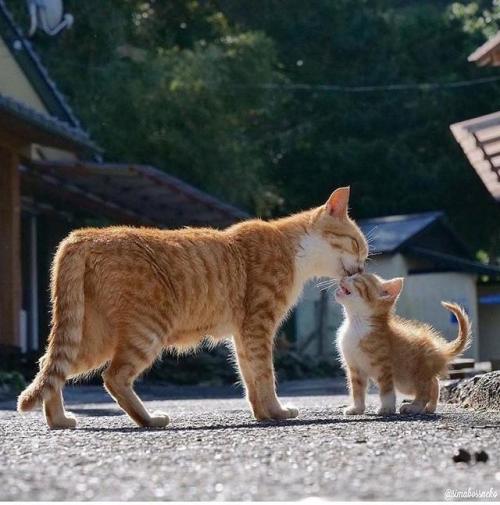
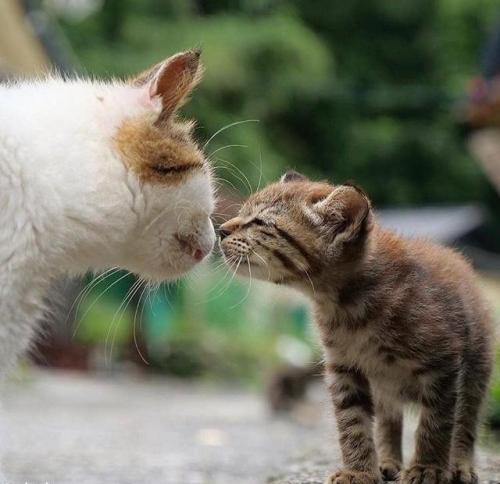
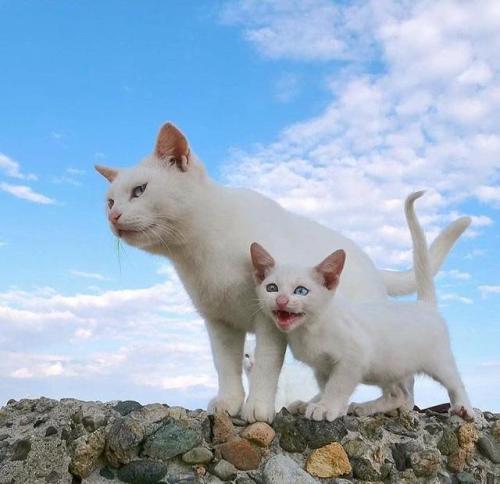
(Source)
How Do You Like Your Turkey? Home-Cooked or Rocket-Launched?

It’s Thanksgiving, which means that you’re probably thinking about food right now. And here at NASA, we have to think about food very seriously when we explore space!
Astronauts Need to Eat, Too!
Like for you on Earth, nutrition plays a key role in maintaining the health and optimal performance of the astronauts. The Space Food Systems team is required to meet the nutritional needs of each crew member while adhering to the requirements of limited storage space, limited preparation options, and the difficulties of eating without gravity.
Good food is necessary being comfortable on a mission a long way from home — especially for crewmembers who are on board for many months at a time. It’s important that the astronauts like the food they’re eating everyday, even given the preparation constraints!
Astronaut Food Has Not Always Been Appetizing

The early space programs were groundbreaking in a lot of ways — but not when it came to food. Like today, crumbs had to be prevented from scattering in microgravity and interfering with the instruments. Mercury astronauts had to endure bite-sized cubes, freeze-dried powders, and semi-liquids stuffed into aluminum tubes. The freeze-dried food were hard to rehydrate, squeezing the tubes was understandable unappetizing, and the food was generally considered to be, like spaceflight, a test of endurance.
However, over the years, packaging improved, which in turn enhanced food quality and choices. The Apollo astronauts were the first to have hot water, which made rehydrating foods easier and improved the food’s taste. And even the Space Shuttle astronauts had opportunities to design their own menus and choose foods commercially available on grocery store shelves.
The Wonders of Modern Space Food

Nowadays, astronauts on the International Space Station have the opportunity to sample a variety of foods and beverages prepared by the Space Food Systems team and decide which ones they prefer. They can add water to rehydratable products or eat products that are ready to eat off the shelf.
All the cooking and preparation has been done for them ahead of time because 1) they don’t have room for a kitchen to cook on the space station 2) they don’t have time to cook! The crewmembers are extremely occupied with station maintenance as well as scientific research on board, so meal times have to be streamlined as much as possible.
Instead of going grocery shopping, bulk overwrap bags (BOBs!) are packed into cargo transfer bags for delivery to the space station. Meal based packaging allows the astronauts to have entrees, side dishes, snacks, and desserts to choose from.
Taste in Space

The perception of taste changes in space. In microgravity, astronauts experience a fluid shift in their bodies, so the sensation is similar to eating with a headcold. The taste is muted so crewmembers prefer spicy foods or food with condiments to enhance the flavor.
We Can’t Buy Groceries, But We Can Grow Food!
Growing plants aboard the space station provides a unique opportunity to study how plants adapt to microgravity. Plants may serve as a food source for long term missions, so it’s critical to understand how spaceflight affects plant growth. Plus, having fresh food available in space can have a positive impact on astronauts’ moods!
Since 2002, the Lada greenhouse has been used to perform almost continuous plant growth experiments on the station. We have grown a vast variety of plants, including thale cress, swiss chard, cabbage, lettuce, and mizuna.

And in 2015, Expedition 44 members became the first American astronauts to eat plants grown in space when they munched on their harvest of Red Romaine.
Earthlings Can Eat Space Food, Too
To give you a clear idea of how diverse the selection is for astronauts on board the space station, two earthlings gave the astronaut menu a try for a full week. Besides mentioning once that hot sauce was needed, they fared pretty well! (The shrimp cocktail was a favorite.)
Space Technology for Food on Earth
Not only has our space food improved, but so has our ability measure food production on Earth. Weather that is too dry, too wet, too hot, or too cool can strongly affect a farmer’s ability to grow crops. We collaborated with the United States Agency for International Development to create a system for crop yield prediction based on satellite data: the GEOGLAM Crop Monitor for Early Warning.

This map measures the health, or “greenness” of vegetation based on how much red or near-infrared light the leaves reflect. Healthy vegetation reflects more infrared light and less visible light than stressed vegetation. As you can see from the map, a severe drought spread across southern Mexico to Panama in June to August of this year.
The Crop Monitor compiles different types of crop condition indicators — such as temperature, precipitation, and soil moisture — and shares them with 14 national and international partners to inform relief efforts.
Thanksgiving in Space
Space food has certainly come a long way from semi-liquids squeezed into aluminum tubes! This year, Expedition 57 crewmembers Commander Alexander Gerst and Flight Engineer Serena M. Auñón-Chancellor are looking forward to enjoying a Thanksgiving meal that probably sounds pretty familiar to you: turkey, stuffing, candied yams, and even spicy pound cakes!
Hungry for More?
If you can’t get enough of space food, tune into this episode of “Houston, We Have a Podcast” and explore the delicious science of astronaut mealtime with Takiyah Sirmons.
And whether you’re eating like a king or an astronaut, we wish everybody a happy and safe Thanksgiving!
First look at the 2024 total solar eclipse

The path of the April 8, 2024 total solar eclipse begins in the United States in Texas and ends in Maine. Google, INEGI
…The length of totality varies from one eclipse to the next. The reason is that Earth is not always the same distance from the Sun, and the Moon is not always the same distance from Earth. The Earth-Sun distance varies by 3 percent and the Moon-Earth distance by 12 percent. The result is that the maximum duration of totality from 2000 b.c. to a.d. 3000 is 7 minutes, 29 seconds. (That eclipse will occur July 16, 2186, so don’t get too excited for it.)
While the maximum length of totality during the April 8, 2024, eclipse won’t be that long, it’s still a worthy chunk of time: 4 minutes, 28 seconds — 67 percent longer than the one in 2017. And as with that one, everyone in the contiguous U.S. will see at least a partial eclipse. In fact, as long as you have clear skies on eclipse day, the Moon will cover at least 16.15 percent of the Sun’s brilliant surface. That minimum comes at Tatoosh Island, a tiny speck of land west of Neah Bay, Washington. And although our satellite covering any part of the Sun’s disk sounds cool, you need to aim higher.
Read more ~ Astronomy Magazine Posted by Michael Bakich on Sunday, September 23, 2018
What’s Up For September 2018?
Outstanding views Venus, Jupiter, Saturn and Mars with the naked eye!

You’ll have to look quickly after sunset to catch Venus. And through binoculars or a telescope, you’ll see Venus’s phase change dramatically during September - from nearly half phase to a larger thinner crescent!

Jupiter, Saturn and Mars continue their brilliant appearances this month. Look southwest after sunset.

Use the summer constellations help you trace the Milky Way.

Sagittarius: where stars and some brighter clumps appear as steam from the teapot.

Aquila: where the Eagle’s bright Star Altair, combined with Cygnus’s Deneb, and Lyra’s Vega mark the Summer Triangle.

Cassiopeia, the familiar “w”- shaped constellation completes the constellation trail through the Summer Milky Way. Binoculars will reveal double stars, clusters and nebulae.

Between September 12th and the 20th, watch the Moon pass from near Venus, above Jupiter, to the left of Saturn and finally above Mars!

Both Neptune and brighter Uranus can be spotted with some help from a telescope this month.

Look at about 1:00 a.m. local time or later in the southeastern sky. You can find Mercury just above Earth’s eastern horizon shortly before sunrise. Use the Moon as your guide on September 7 and 8th.

And although there are no major meteor showers in September, cometary dust appears in another late summer sight, the morning Zodiacal light. Try looking for it in the east on moonless mornings very close to sunrise. To learn more about the Zodiacal light, watch “What’s Up” from March 2018.

Watch the full What’s Up for September Video:
There are so many sights to see in the sky. To stay informed, subscribe to our What’s Up video series on Facebook.
Make sure to follow us on Tumblr for your regular dose of space: http://nasa.tumblr.com



Blanet: A new class of planet that could form around black holes
The dust clouds around supermassive black holes are the perfect breeding ground for an exotic new type of planet.
Blanets are fundamentally similar to planets; they have enough mass to be rounded by their own gravity, but are not massive enough to start thermonuclear fusion, just like planets that orbit stars. In 2019, a team of astronomers and exoplanetologists showed that there is a safe zone around a supermassive black hole that could harbor thousands of blanets in orbit around it.
The generally agreed theory of planet formation is that it occurs in the protoplanetary disk of gas and dust around young stars. When dust particles collide, they stick together to form larger clumps that sweep up more dust as they orbit the star. Eventually, these clumps grow large enough to become planets.
A similar process should occur around supermassive black holes. These are surrounded by huge clouds of dust and gas that bear some similarities to the protoplanetary disks around young stars. As the cloud orbits the black hole, dust particles should collide and stick together forming larger clumps that eventually become blanets.
The scale of this process is vast compared to conventional planet formation. Supermassive black holes are huge, at least a hundred thousand times the mass of our Sun. But ice particles can only form where it is cool enough for volatile compounds to condense.
This turns out to be around 100 trillion kilometers from the black hole itself, in an orbit that takes about a million years to complete. Birthdays on blanets would be few and far between!
An important limitation is the relative velocity of the dust particles in the cloud. Slow moving particles can collide and stick together, but fast-moving ones would constantly break apart in high-speed collisions. Wada and co calculated that this critical velocity must be less than about 80 meters per second.
source
-
 shirochin liked this · 1 year ago
shirochin liked this · 1 year ago -
 whenyouliveinwarszawa liked this · 1 year ago
whenyouliveinwarszawa liked this · 1 year ago -
 em760 liked this · 4 years ago
em760 liked this · 4 years ago -
 infintesimally-ran liked this · 4 years ago
infintesimally-ran liked this · 4 years ago -
 sandrodelgado47-blog liked this · 5 years ago
sandrodelgado47-blog liked this · 5 years ago -
 mrstick39 liked this · 5 years ago
mrstick39 liked this · 5 years ago -
 coffee-and-vroomvroom reblogged this · 5 years ago
coffee-and-vroomvroom reblogged this · 5 years ago -
 superweirdass liked this · 5 years ago
superweirdass liked this · 5 years ago -
 skohm liked this · 5 years ago
skohm liked this · 5 years ago -
 orsimerwaifu liked this · 5 years ago
orsimerwaifu liked this · 5 years ago -
 adobetardis reblogged this · 5 years ago
adobetardis reblogged this · 5 years ago -
 adobetardis liked this · 5 years ago
adobetardis liked this · 5 years ago -
 finnickan liked this · 5 years ago
finnickan liked this · 5 years ago -
 nezclaw reblogged this · 5 years ago
nezclaw reblogged this · 5 years ago -
 averyextraordinaryscene reblogged this · 5 years ago
averyextraordinaryscene reblogged this · 5 years ago -
 drdragon liked this · 5 years ago
drdragon liked this · 5 years ago -
 shawnel1000 liked this · 5 years ago
shawnel1000 liked this · 5 years ago -
 touchedinthehead2 liked this · 5 years ago
touchedinthehead2 liked this · 5 years ago -
 synuee liked this · 5 years ago
synuee liked this · 5 years ago -
 jpaul-science reblogged this · 5 years ago
jpaul-science reblogged this · 5 years ago -
 ad-astra-per-aspera-80 reblogged this · 5 years ago
ad-astra-per-aspera-80 reblogged this · 5 years ago -
 ad-astra-per-aspera-80 liked this · 5 years ago
ad-astra-per-aspera-80 liked this · 5 years ago -
 easwq liked this · 5 years ago
easwq liked this · 5 years ago -
 investigation-in-progress reblogged this · 5 years ago
investigation-in-progress reblogged this · 5 years ago -
 ladymoonsthings liked this · 5 years ago
ladymoonsthings liked this · 5 years ago -
 imofficer liked this · 5 years ago
imofficer liked this · 5 years ago -
 poporano liked this · 5 years ago
poporano liked this · 5 years ago -
 jugaba14 liked this · 5 years ago
jugaba14 liked this · 5 years ago -
 flawriumber liked this · 5 years ago
flawriumber liked this · 5 years ago -
 birdflu2k11 liked this · 5 years ago
birdflu2k11 liked this · 5 years ago -
 hatamarusensei liked this · 5 years ago
hatamarusensei liked this · 5 years ago -
 madmacboy liked this · 5 years ago
madmacboy liked this · 5 years ago -
 could-thisbe-it liked this · 5 years ago
could-thisbe-it liked this · 5 years ago -
 bergeroff reblogged this · 5 years ago
bergeroff reblogged this · 5 years ago -
 pichoncho liked this · 5 years ago
pichoncho liked this · 5 years ago -
 averyextraordinaryscene liked this · 5 years ago
averyextraordinaryscene liked this · 5 years ago -
 sanjerodo liked this · 5 years ago
sanjerodo liked this · 5 years ago -
 ches1494 liked this · 5 years ago
ches1494 liked this · 5 years ago -
 lovelookingatthingsoftheworld liked this · 5 years ago
lovelookingatthingsoftheworld liked this · 5 years ago